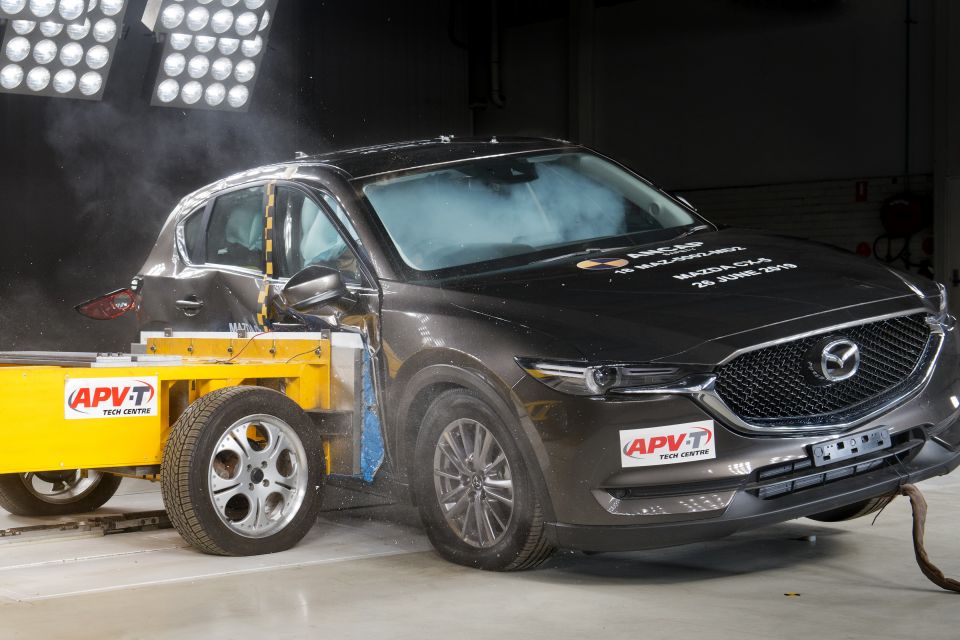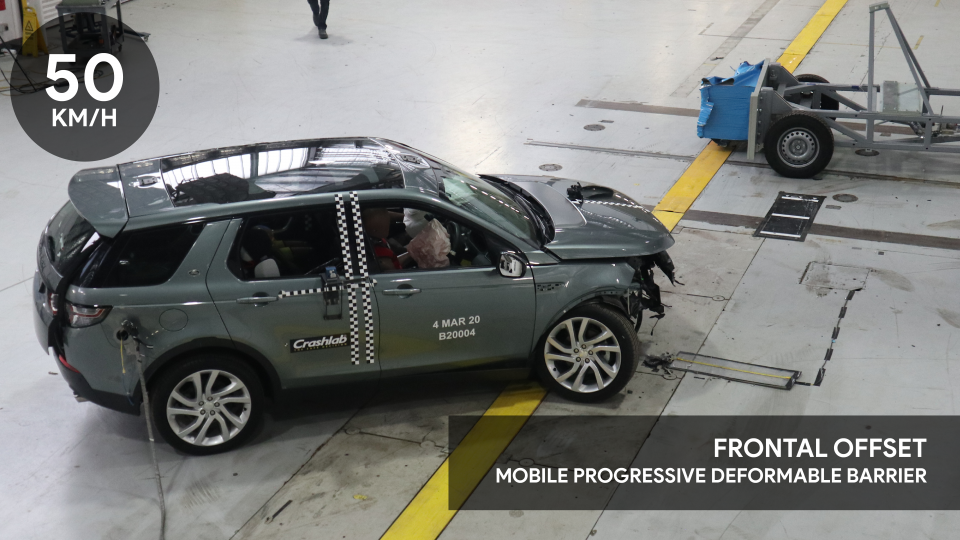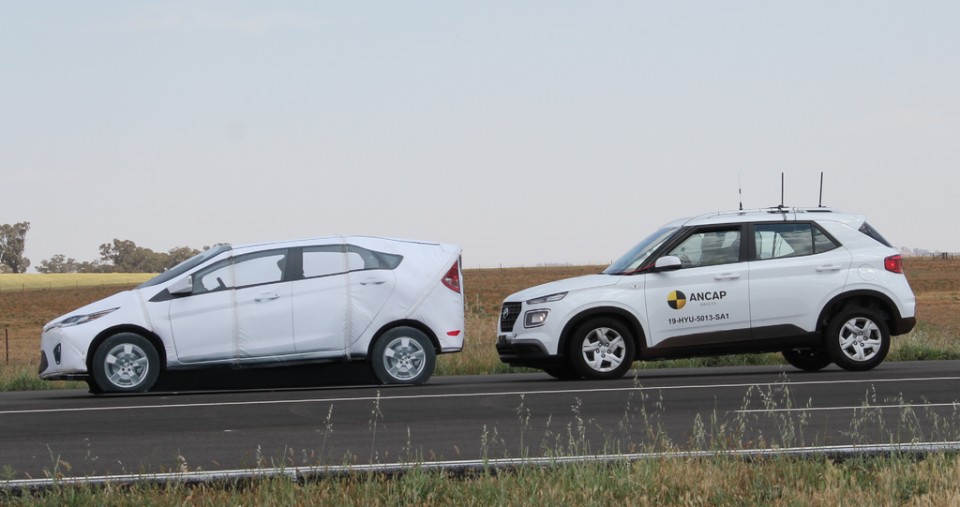

Anthony Crawford
1990 Lamborghini Countach review
6 Days Ago
As lockdown restrictions ease, it's back to classrooms and offices for many Aussies and back to slamming cars into barriers at ANCAP.

News Editor


News Editor
Independent safety authority ANCAP will soon begin testing model year 2020 vehicles.
They’ll be assessed under new protocols implemented on 1 January by both the Australian authority and its European counterpart, Euro NCAP.
UPDATE, 14/09/20 15:00 – ANCAP has officially started testing using the updated 2020 protocols, with the first results to be announced on Wednesday night. It also released the below video.
“We haven’t had any vehicles tested to these 2020 protocols yet as it’s been a slow start to this year. COVID’s exacerbated that,” said Rhianne Robson, ANCAP’s director of communications and advocacy.
“We’re anticipating starting testing to the new criteria for June and July.”

One of the key changes to testing for 2020 is the introduction of a new moving, deformable barrier for the frontal crash test.
It replaces the offset, static deformable barrier used by Euro NCAP for 23 years and helps to better determine how occupants are protected in a crash and how the frontal structure of a vehicle can contribute to injuries.
Also being assessed is far-side impact protection as, according to Euro NCAP, almost half of occupants injured in side impacts are on the passenger side of the vehicle. This testing can help measure the effectiveness of, for example, an airbag located between the driver and front passenger.

In the side impact test, impact speed increases from 50km/h to 60km/h, while the trolley gains an extra 100kg for a total of 1400kg. That’s roughly the same weight as a base Toyota Corolla hatchback.
To help assess the potential injury to an occupant, ANCAP and Euro NCAP are also introducing a more advanced crash test dummy named THOR.
Safety testing had previously looked at the danger to vehicle occupants and pedestrians but there’s now an additional focus on the safety of first responders.
Vehicles will miss out on points if they lack a Rescue Sheet and Emergency Response Guide. These help provide first responders guidance on how to extricate trapped occupants.

The testing of autonomous emergency braking systems involving another vehicle is no longer split into separate city and inter-urban tests. For this new combined category, called AEB Car-to-Car, there’s also a new test that measures the effectiveness of the AEB system when turning across the path of another vehicle.
There are two new tests of AEB systems in scenarios involving pedestrians. The first is when a pedestrian is crossing a street into which the vehicle is turning, while the other involves a pedestrian located behind a reversing vehicle.
The Safety Assist category will also include a rating for the presence of systems that detect fatigue in a driver.
ANCAP officially harmonised its protocols with Euro NCAP in 2018 and the two safety authorities work together to determine what should be tested and how.
William Stopford is an automotive journalist based in Brisbane, Australia. William is a Business/Journalism graduate from the Queensland University of Technology who loves to travel, briefly lived in the US, and has a particular interest in the American car industry.


Anthony Crawford
6 Days Ago


Matt Campbell
5 Days Ago


James Wong
4 Days Ago


Max Davies
2 Days Ago


Josh Nevett
2 Days Ago


Josh Nevett
22 Hours Ago